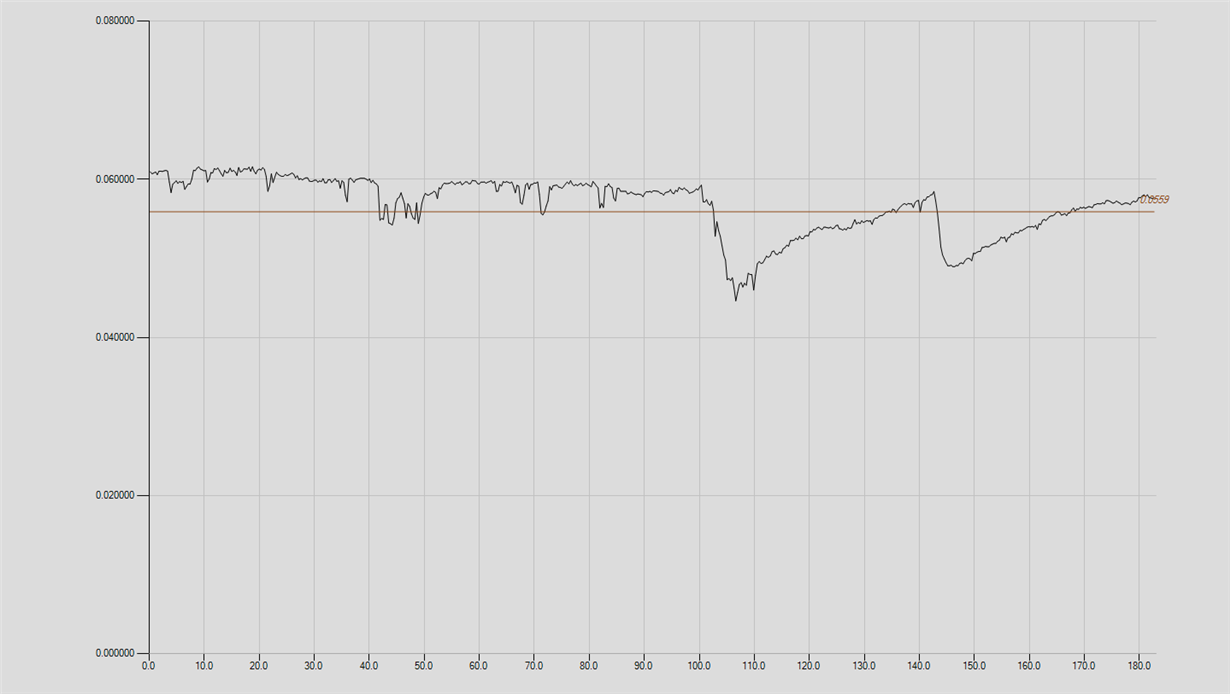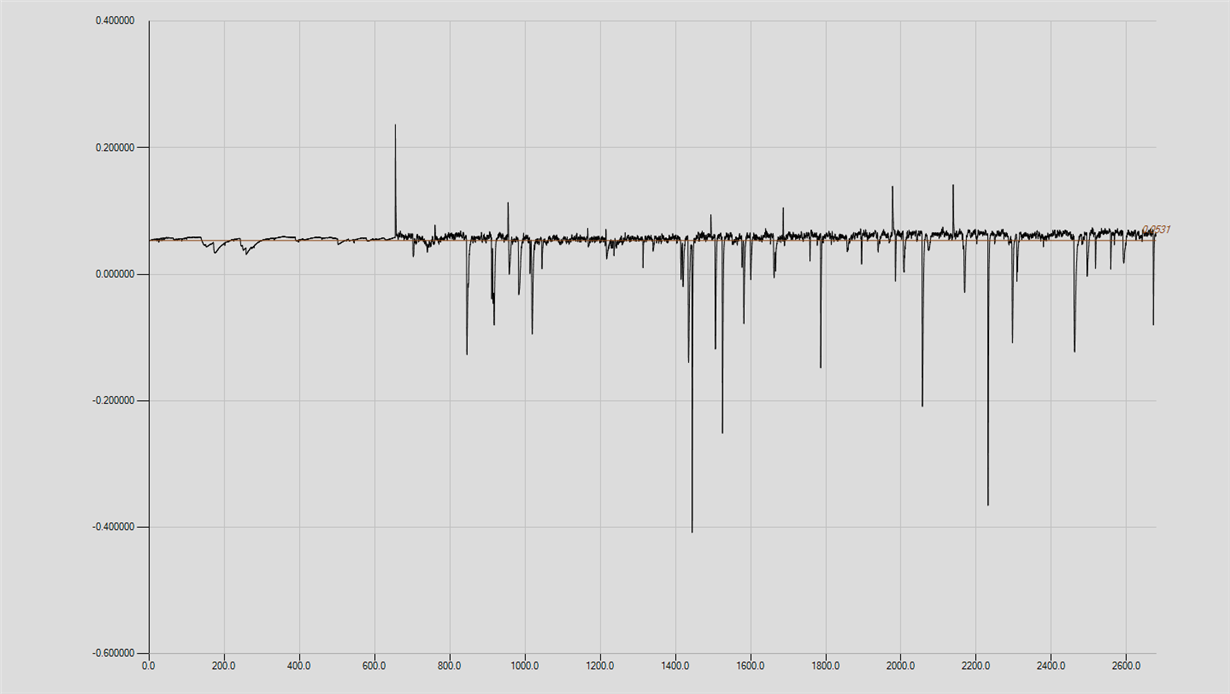The LM6041 is used as input IC for very high gain (100Tohm) transimpedance amplifier. The noise characteristics vary between different ICs, some showing very low noise and others much noisier with large transient jumps. Need to know whether these devices are subject to some form of 'popcorn' noise or similar. Noise plots over long times are available showing these effects. If it becomes necessary to select 'good' ICs from a large batch what may be a suitable configuration for such a measurement?
-
Ask a related question
What is a related question?A related question is a question created from another question. When the related question is created, it will be automatically linked to the original question.



